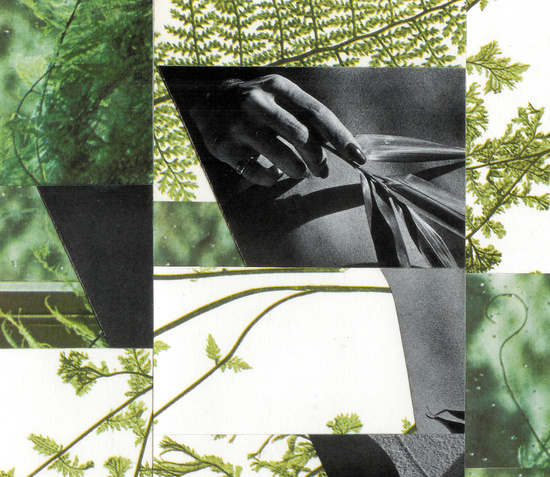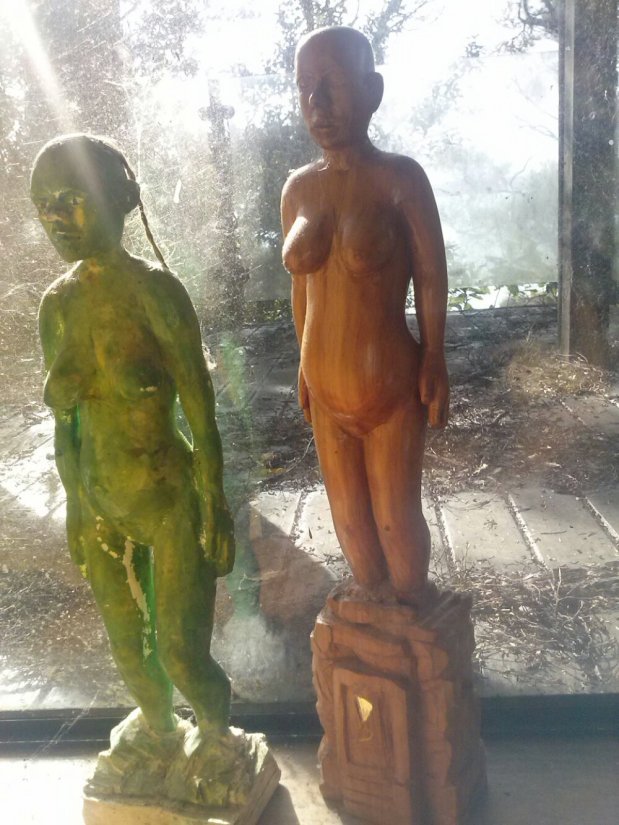
Collage by Stephanie Wild http://stephanie.me.uk/
In a world where we are constantly encouraged to shine, to compete, to perform, to do more, there is not much emphasis put on the other side of the cycle: on rest and renewal. When we find ourselves producing less, doing less, we tend to ask “what’s wrong?”. We tend to medicalise ourselves, and seek help for this problem of not being absolutely amazing all the time. Actually, the downswing of the cycle is just as beautiful as the expansion of growth, it is just quieter.
The dark moon is a time for reflection and regeneration. Dr. Clarissa Pinkola Estés tells a story about an old man who struggles through the dark forest towards the light of a small lamp in a hut. When he reaches the hut a kind woman takes him in her arms and rocks him… and rocks him… and rocks him… and just before morning he is a young man with golden hair, and she continues to rock him, until the very beginnings of breaking dawn, when she plucks three hair from his head and throws them to the half, and the man, now a little golden-haired baby, runs out the door, jumps into the sky and becomes the sun.
Even in the chaotic hectic lives that we find ourselves in, there is always be a corner of the psyche where that kind woman sits in her rocking chair. There is always time where we can visit her, even just for a moment, even just with a resting thought, a hot bath or shower, a hot drink, a solitary walk, a pausing glance toward the horizon, the minutes before sleep, where we are as cradled as we possibly can be. We need to rest. We need to heal. We need to consciously nurture the self.Do you hear yourself coming up with explanations and excuses of why you cannot possibly rest? That is normal, the mind wants to say busy, to reap reward. There are a million things that you would possibly do… go go go. But even one moment of dropping the pressures of the mind, of letting the world slip away and falling into deeper awareness is precious gold for the inner self… and every step towards deeper intuition is a step towards looking at things a different way, of shifting and dissolving tensions, of solving the problem from a deeper level than the one in which is was created.
This is a lesson in self-care and regeneration. It is not always the time to perform or shine. Our dreams and ideas and hopes need nurturing too, they need to be rocked sometimes. Take this dark moon, and the next and the next… take the two or three day before the new moon every month, to sit quietly at any possible moment, to walk quietly, to rock gently… to be in that space of nurturing. Take this sacred time to honor and cradle the self in whatever way possible. Take this time to heal, because healing is a natural part of growth, of life. When everything is moving so fast, stillness is powerfully transformative.






